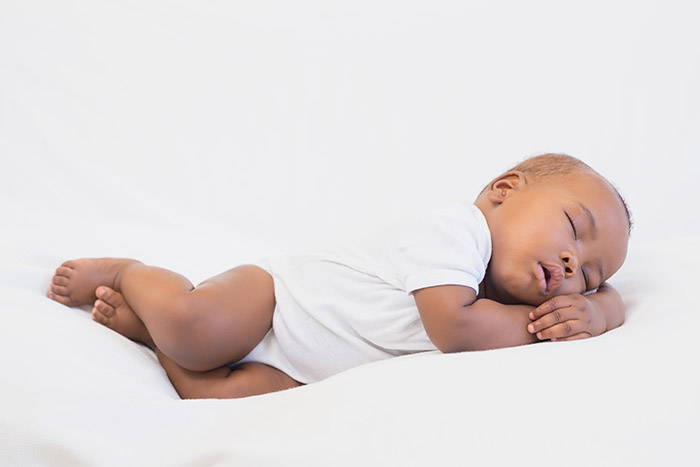Safe Sleep for Happy Mornings

As a mom, I remember watching my daughter sleep in her crib. I stared at her for long periods of time to make sure that she was breathing. I’d been a pediatrician for five years and still worried over her every day. Each year in the United States, ∼3500 infants die of sleep-related infant deaths, including sudden infant death syndrome (SIDS) and accidental suffocation and strangulation in bed.
On June 21st, the American Academy of Pediatrics released updated Infant Sleep Guidelines1 for the first time since 2016. Here are a few of the highlights:
1. Back to sleep for every sleep.
2. Use a firm, flat, noninclined sleep surface to reduce the risk of suffocation or wedging/entrapment.
3. Feeding of human milk is recommended, as it is associated with a reduced risk of SIDS. Any amount of human milk is more protective than none.
4. It is recommended that infants sleep in the parents’ room, close to the parents’ bed, but on a separate surface designed for infants, ideally for at least the first 6 months. There is evidence that sleeping in the parents’ room but on a separate surface decreases the risk of SIDS by as much as 50%.
5. No soft objects in the crib including pillow, blankets, and bumper pads.
6. Offer a pacifier at nap time or bedtime.
7. Avoid smoking and alcohol exposure during pregnancy and after birth.
8. Avoid overheating and head covering in infants.
9. When an infant exhibits signs of attempting to roll (which usually occurs at age 3 to 4 months but may occur earlier), swaddling is no longer appropriate because it could increase the risk of suffocation if the swaddled infant rolls to the prone position.
Follow the guidelines and promote a safe sleeping environment so everyone can get some well-deserved rest.